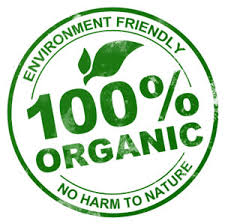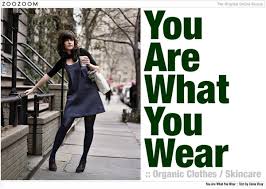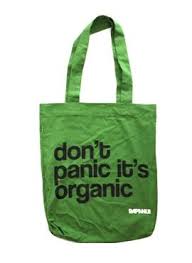To all the girls out there especially, who doesn’t love shopping till we drop and our arms paining with the load of the shopping bags in our hands! Now if we can combine this love for clothes with our love for the environment- how cool would that be? Well, it has been achieved. Sustainable fashion, which is an umbrella term for what we could call eco-fashion or green fashion or any of those names, is becoming a big part of our growing need for sustainability and environment consciousness. A growing awareness about our duty towards our planet is seeping into all fields of work now, even fashion. There are several brands nowadays that swear by being environment conscious and even use that as a marketing strategy- which proves that people are becoming increasingly affiliated to their sense of being responsible inhabitants of our planet.
Admittedly, saving the earth and all is not the first thing that comes to our minds while buying our prom dresses. We just want to look pretty and pray for the pretty pink dress to be within our budget. However, it has been proven that seventy percent of the shoppers would forsake a dress if they knew that it was harming the environment. Being eco conscious doesn’t mean that it will be pricey- that’s just a myth, which is still required to be busted. There are plenty of clothing brands that are easy on the pockets, along with giving you the proud satisfaction of having taken a small step towards protecting your environment. Green fashion also needn’t mean that you look like you’re wearing your vegetable jute bag as a dress. Since the concept is on such a roll in the market, there are now exquisite designs that are available, along with being eco friendly… and within your budget! Organic clothing is not only better for the environment, but for you as well. It is a healthier fabric which allows your skin to breathe, not to mention reducing the rashes and allergies caused by some synthetic materials to sensitive skin.
There are a variety of brands that have committed themselves to producing organic clothing, or at least a branch of it. H&M, Albama Chanin, Titana Inglis, Awamaki Lab, Elroy, Eileen Fischer, Ethica, Edun, Honest By, VogueVirt, Ahalife, Fashioning Change, Stella McCartney… these are just a few examples of socially conscious designers who have realized their duty and incorporated it into their line of work. It is becoming a proud trend now, to show off that what you’re wearing is organic and natural. Not only clothes, these companies even make shoes- from flats to heels to clongs that are stylish yet green. Producing timeless fashions of clothes and accessories in an eco-mapped footprint is what a lot of fashion houses are aiming at nowadays, because gone are the days where leather and fur were considered “wow”. Now, you would probably attract a lawsuit if you try to wear ‘em!
Part of the growing eco-friendly lifestyle includes being mindful not only of what we eat and how we recycle — but also being more aware of what goes into the clothes we buy. It is about being sustainable from all aspects, including social, environmental and economic consciousness. It is about being a conscious consumer and being aware and proud of what we’re wearing- not only about how it looks on you, but also about how good it makes the planet look.
These new concepts have harbored the need to do our bits to preserve our environment and a lot of green materials have come up to foster these social fancies. Organic material is non-synthetic and produced under conditions that are not harmful for the environment. Also, they are degradable and hence do not accumulate for years, since nature’s minions have the means to break it down. Organic cotton is the most popular material used for these clothes, since it is comparatively cheaper and easier to procure. Organic wool, silk and hemp and also being increasingly used, since hemp especially is durable, requires no pesticides to grow and very little water is needed for the plants. It is not only used in clothing, also in skincare products and for paper. Renewable materials like bamboo, soy and tencel, which is a wood pulp is also gaining popularity for their quite cheap and sustainable properties.
POP is usually considered a forbidden material, since it is non-biodegradable. However, on recycling it from old bottles, it can also be incorporated into green fashion! Not only in the making of clothes, but even their care can be done in an environment friendly way. Eco-conscious cleaners may use phosphate-free and biodegradable detergents and air-dry clothing to reduce energy consumption.
There’s always a way to do it, especially if you want to. Green lifestyles can be followed for nearly everything, if only we want to. A growing consciousness among the companies and populace is anyway an encouraging development and the fight to make green habits cheap and do-able is going on. To be a part of the new world that is in harmony with the environment might take an extra mile or two of effort, but I can only tell you this much- it’s going to be worth it!




Leave a Reply